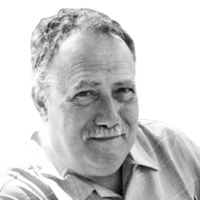Politics
Photo Illustration by The Daily Beast/Getty
As United States Divide, the Green New Deal Could Be Democrats’ Undoing in 2020
NEW GEOGRAPHY
Places that still produce tangible things need energy, and at prices like those we have today.
opinion

Trending Now





